Since the appearance of the Covid-19 or coronavirus, the use of the mouthpiece is recommended with the intention of retaining the fluids loaded with microbes and avoiding the contagion of this virus. This resulted in the exhaustion of the disposable mouthpieces. Many people have ingeniously developed their own product. Mouthguards are used by medical personnel or patients in normal cases but are now widely used in the prevention of infection by the coronavirus pandemic.
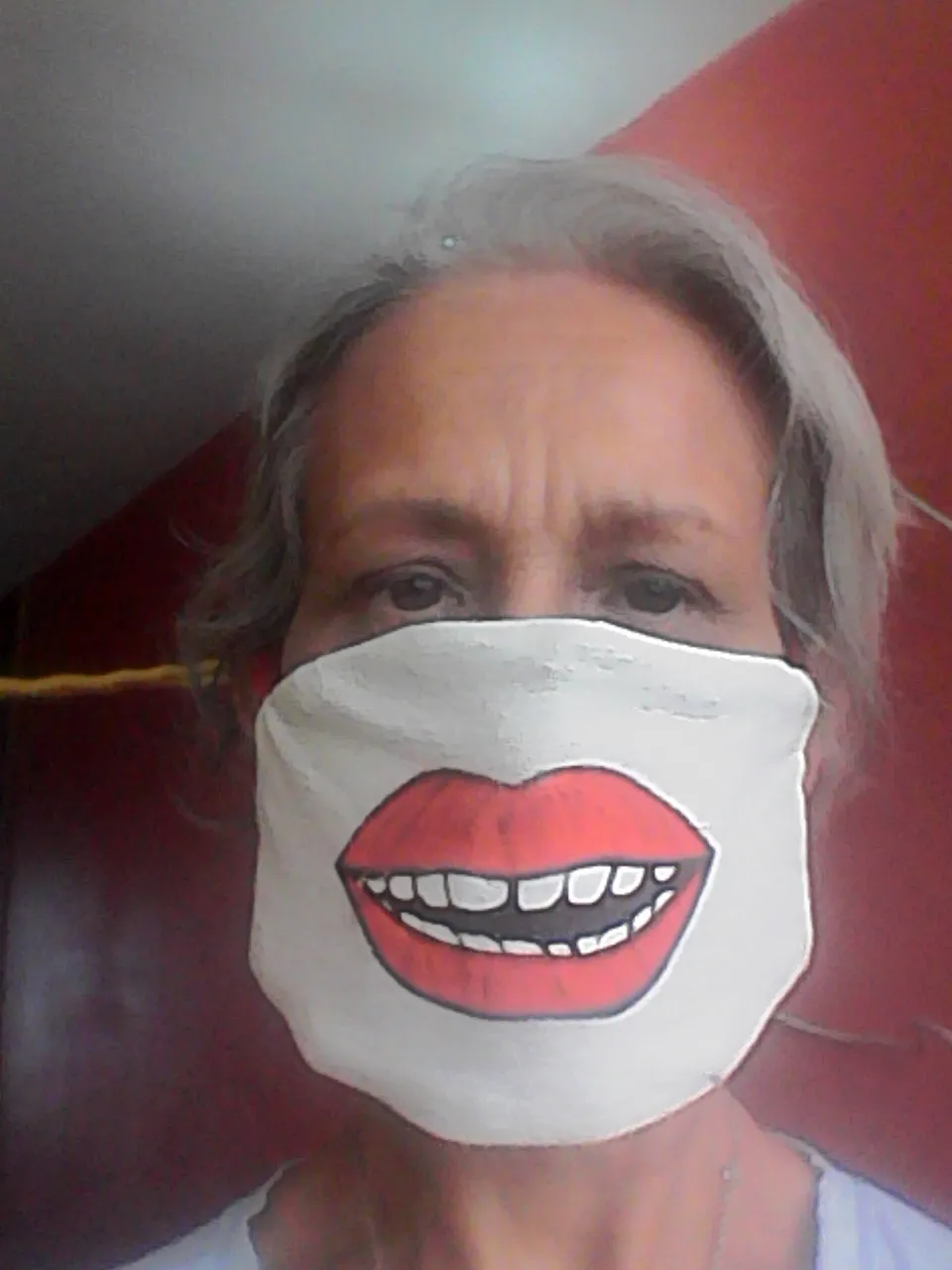
But is it necessary to use the mask?
Of course it is indispensable to use this implement, since the virus enters and leaves through the mouth and nose, it is important because in this way we avoid spacing the microbes when coughing or sneezing. For this reason, it is not recommended to use the mask made of simple. According to the ideal one it is the one that waterproofs the fluids; as for example the fabric with which they make the ecological bags.
The basic measures for the good use of the mask are:
-Having clean hands when handling the mask.
-Cover nose and mouth very well, without leaving ventilation spaces.
-Avoid touching the mask; if you do, wash your hands before and after.
-The upper strap should go over the ears and the lower strap underneath.
Home made masks are made to save money and can be disinfected or sterilised, said to be with alcohol, chlorine or heat. The last option I read on the web. However, the right mask is the N-95 as it has the best filter.
"If you have a small toaster, you can set the dial to 158 degrees Fahrenheit for 30 minutes," he said. He stressed that dry heat, not wet heat, is essential.
Note from The San Diego Union-Tribune
Homemade mouthwash.
| 1-Draw a rectangle | 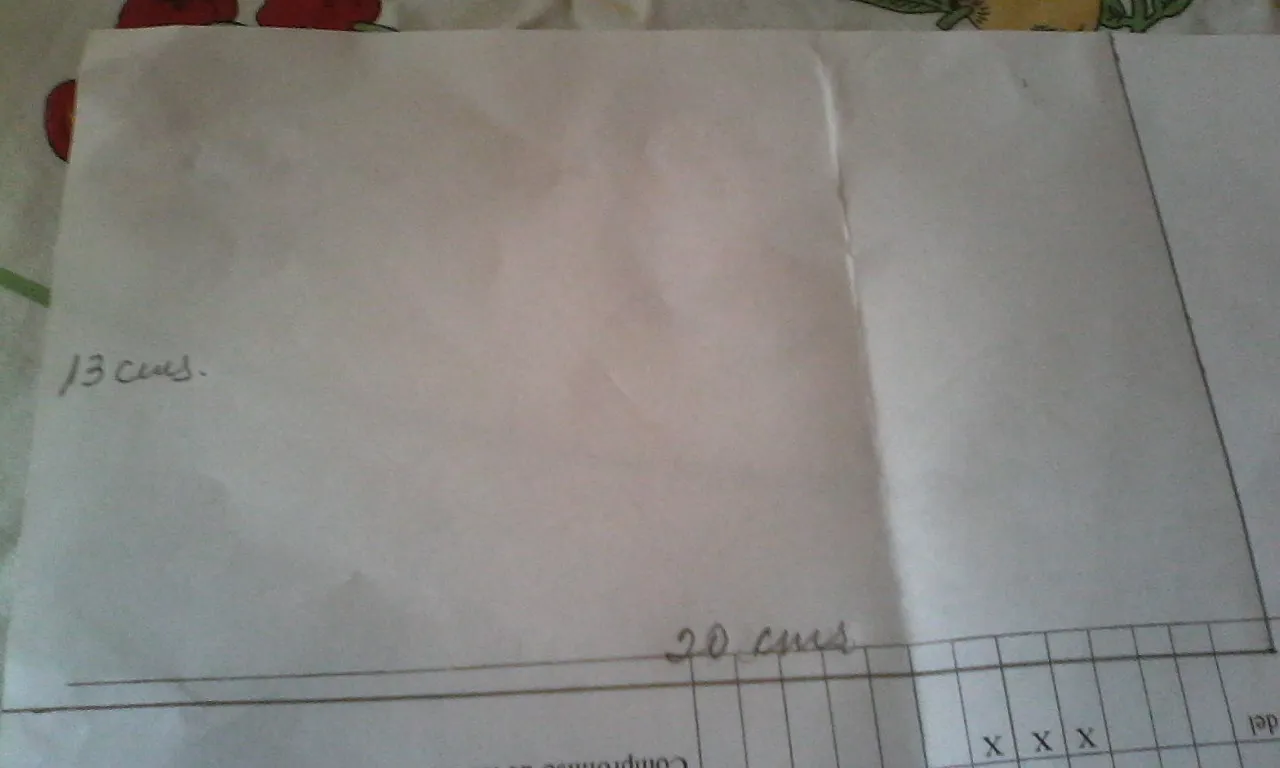 |
|---|

2-Fold several times, always in half and mark the last fold.
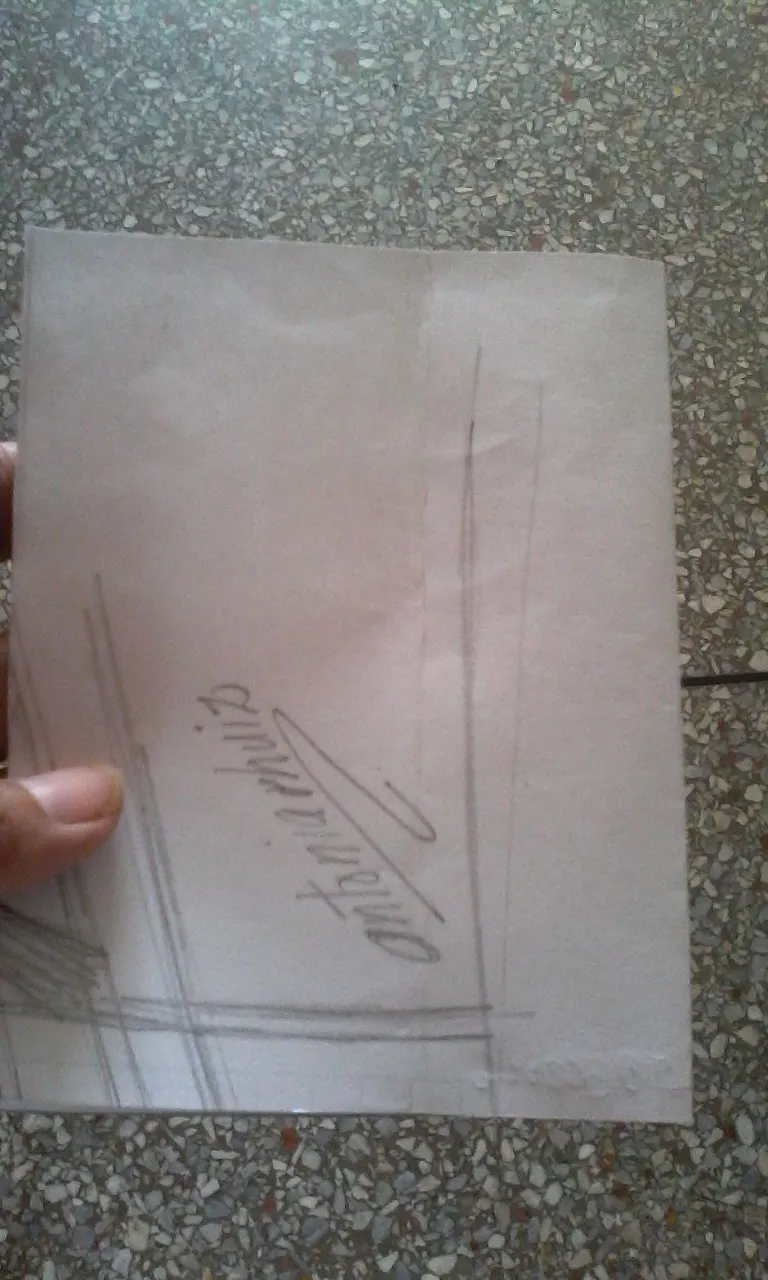 | 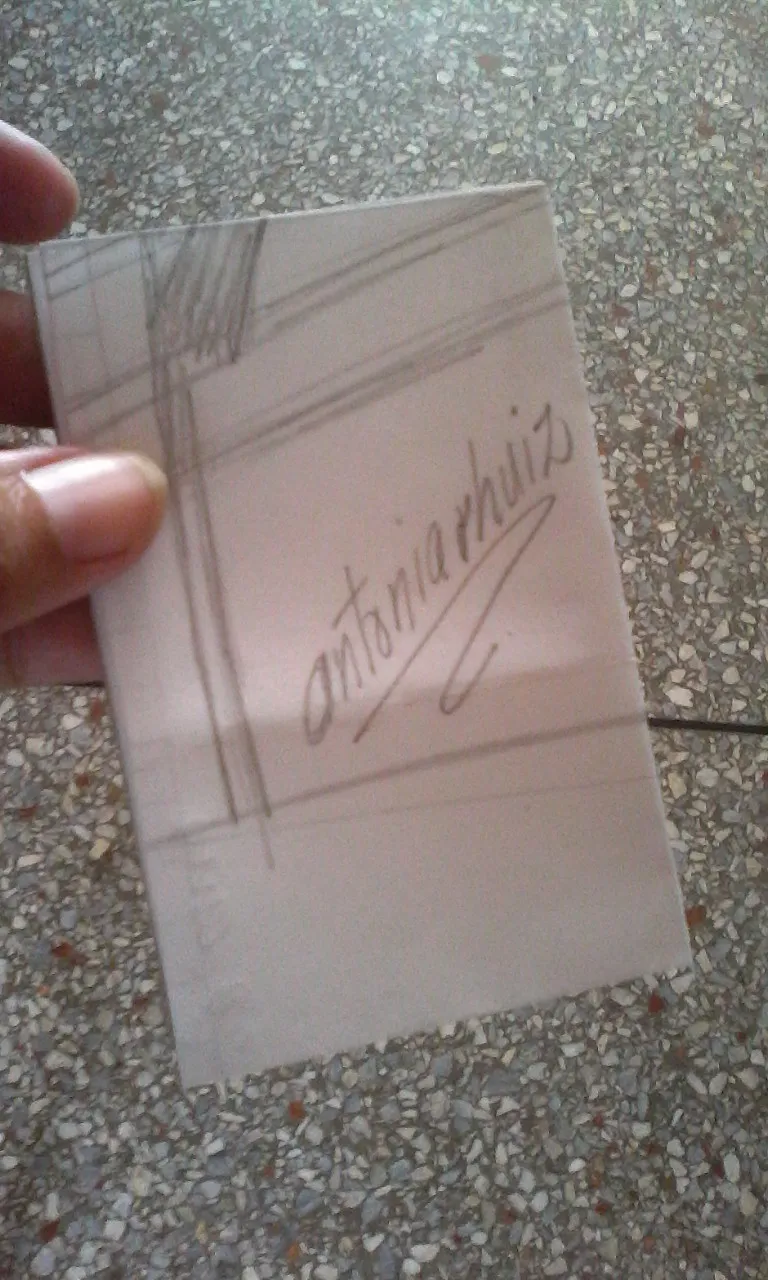 | 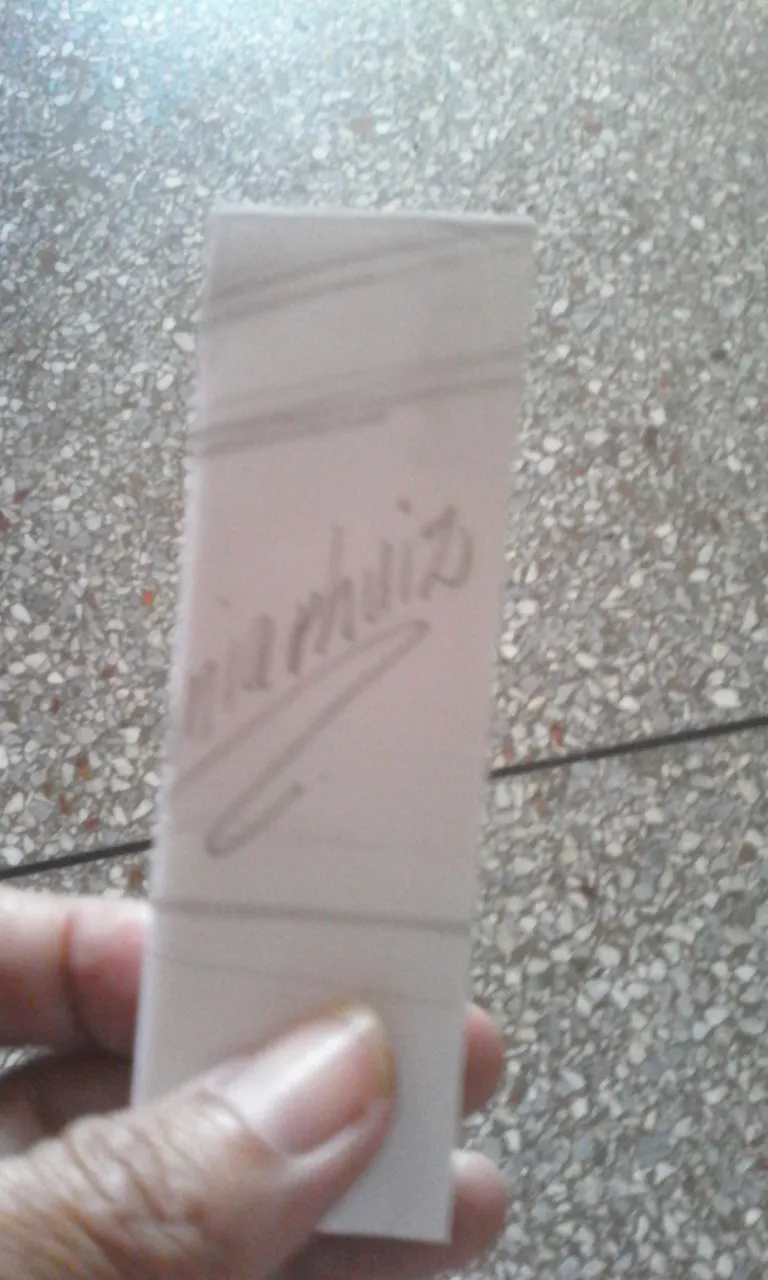 |
|---|

| 3-Make a curve from the mark made to the corner of the fold | 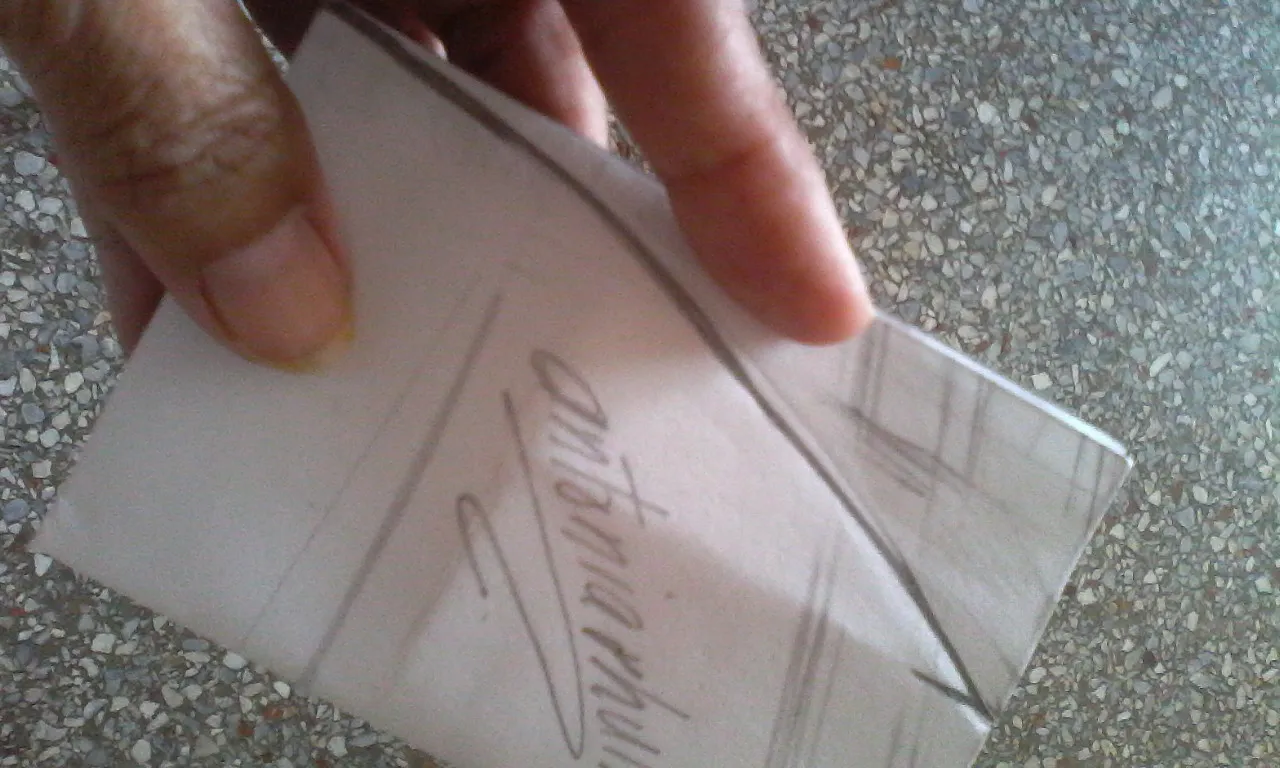 |
|---|

| 4-Cut out | 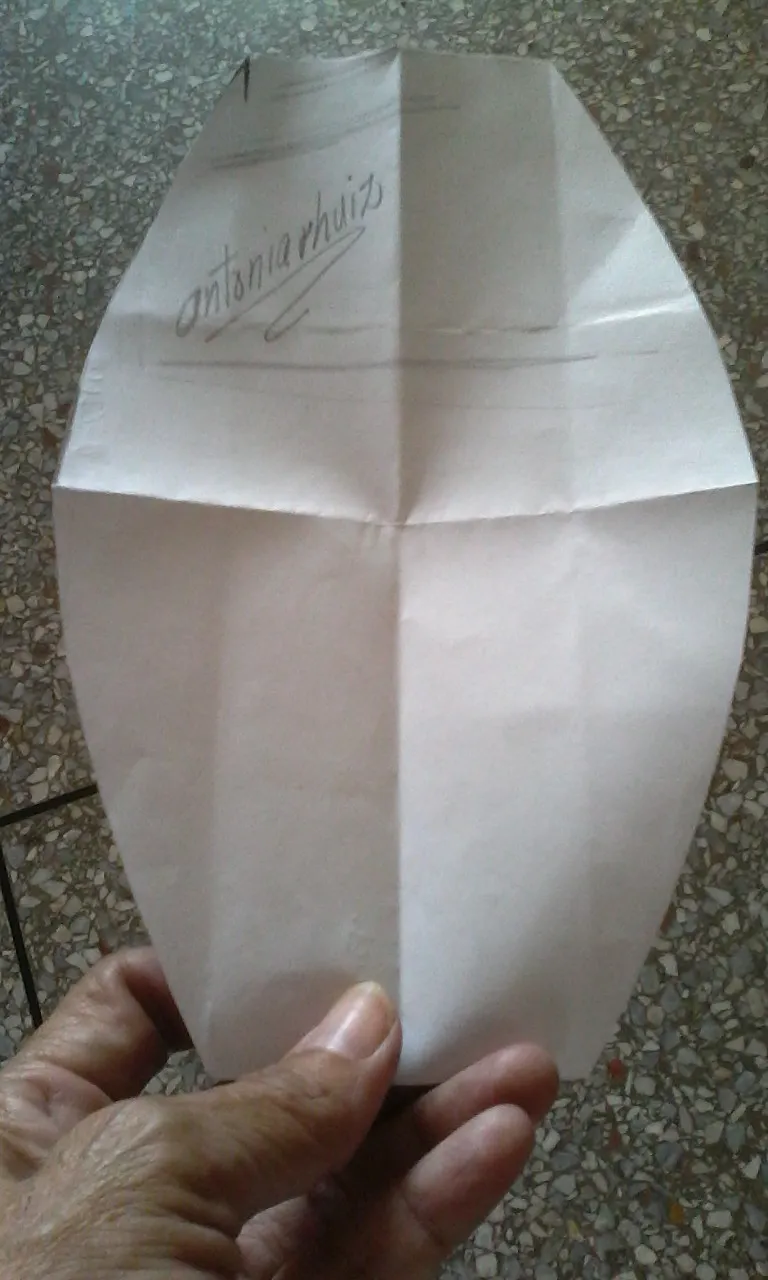 |
|---|

5- Use a piece of ecological cloth but first test the water to see if it filters.
 | 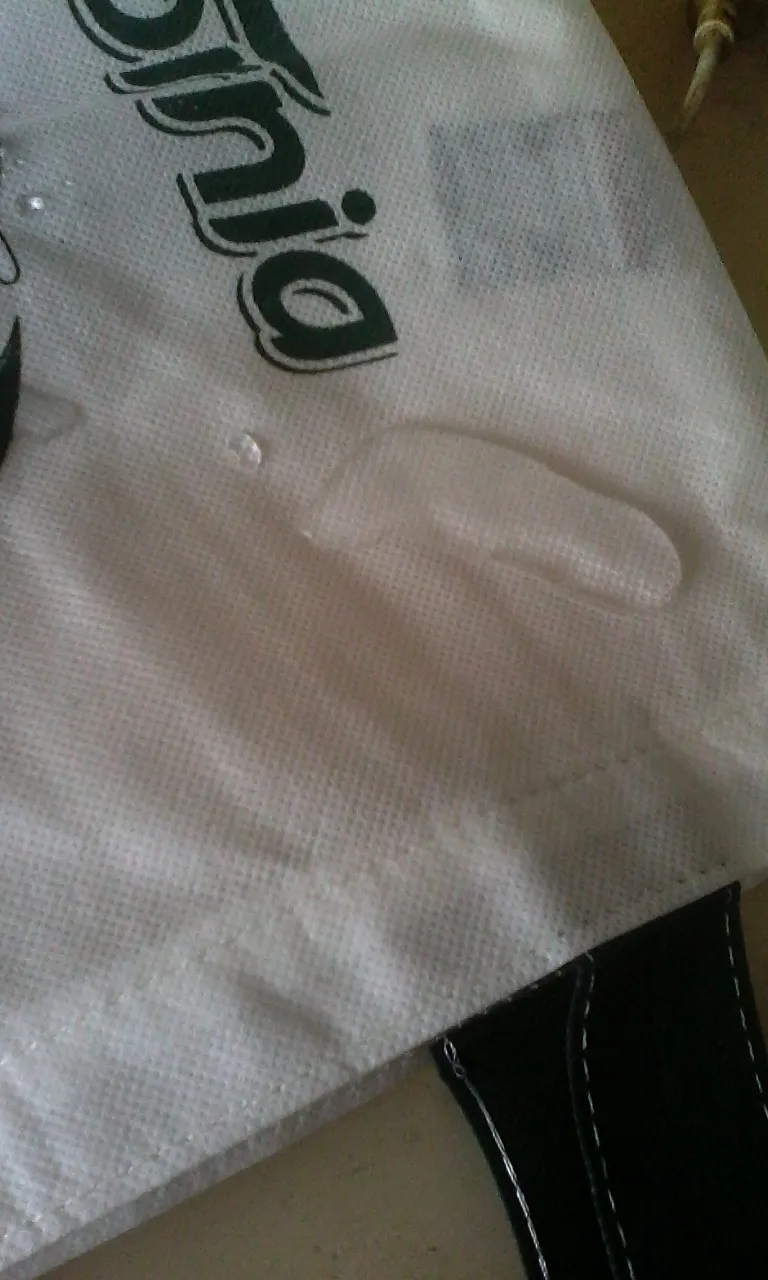 |
|---|

6-Carry out the pattern on the organic fabric and the cotton fabric; cut out
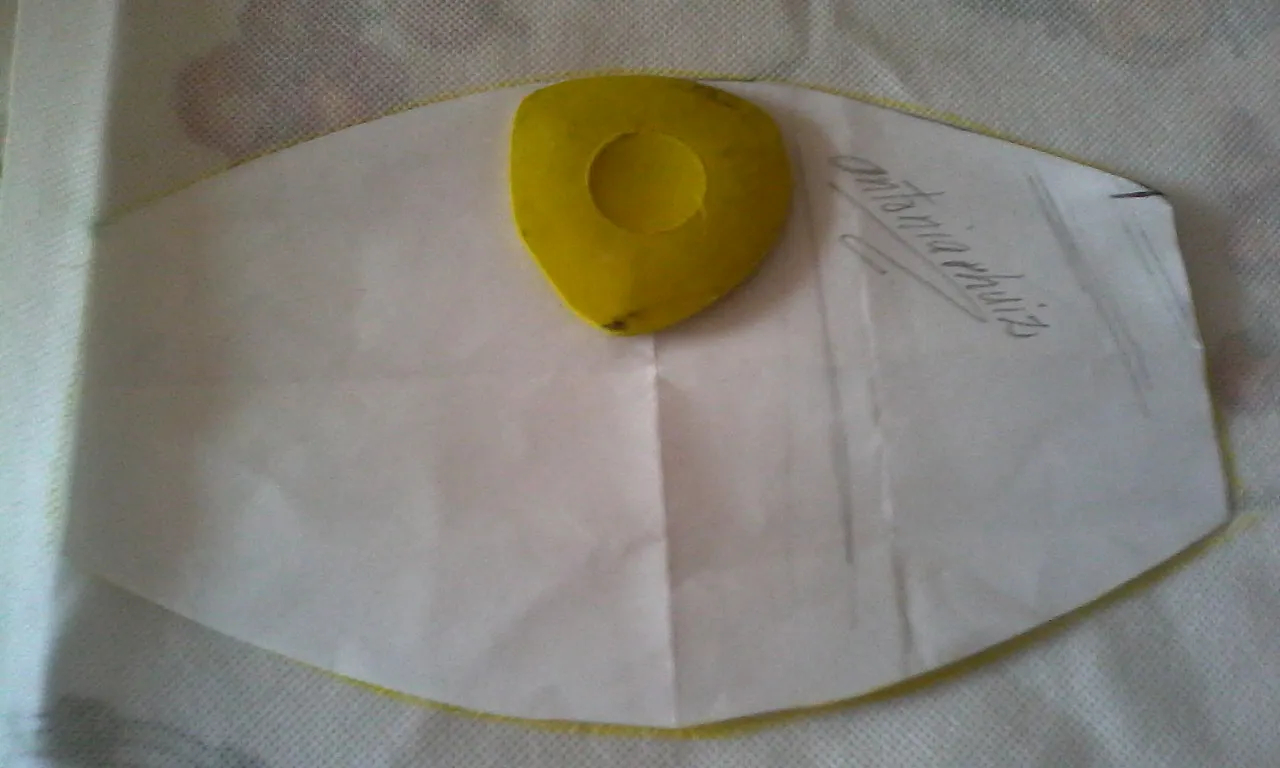 | 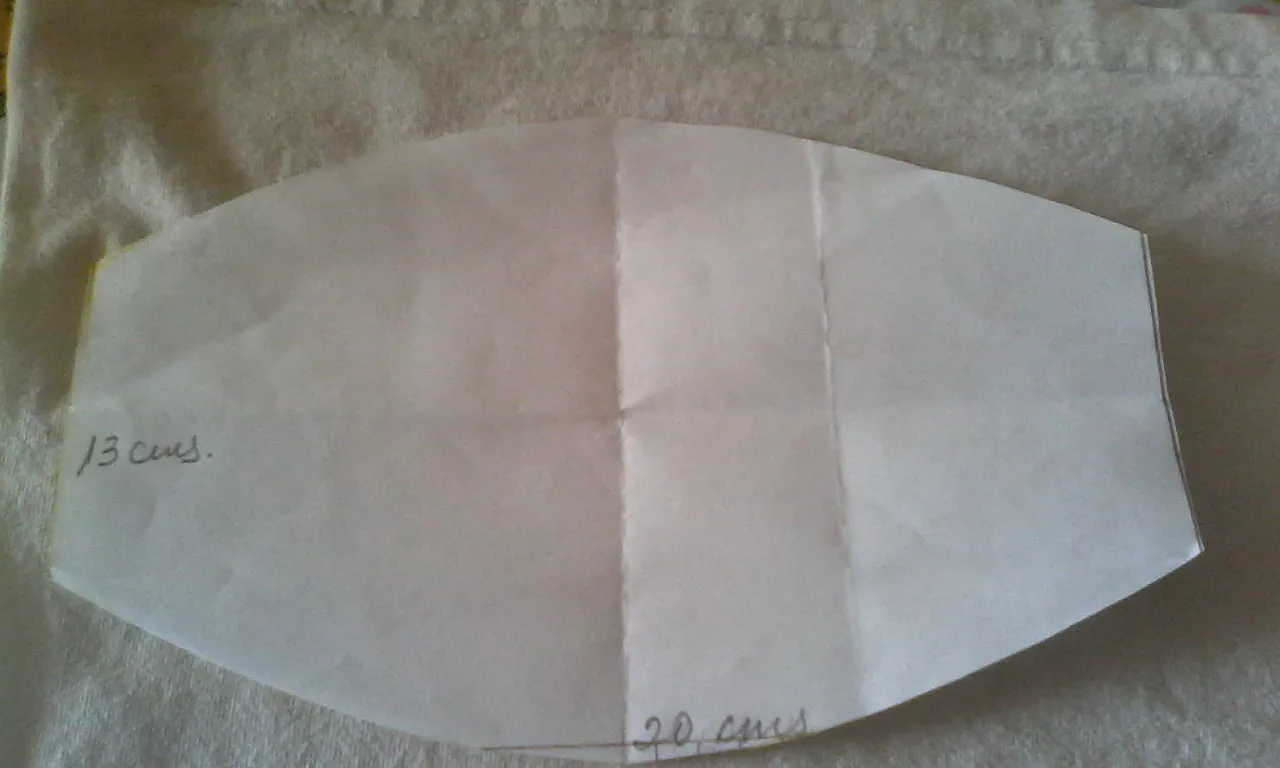 |
|---|

| 7-Pin the tapes inside the mouthpiece | 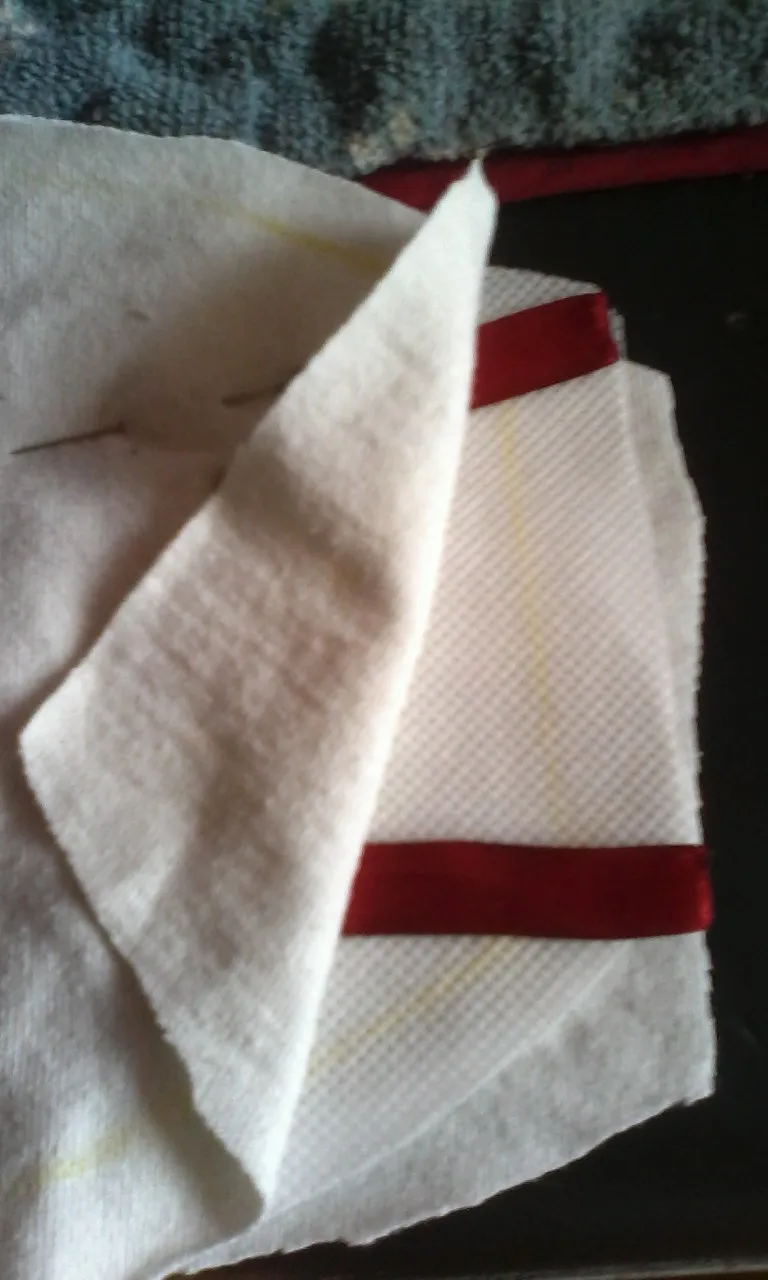 |
|---|

| 8. Sew by machine or by hand, as you prefer | 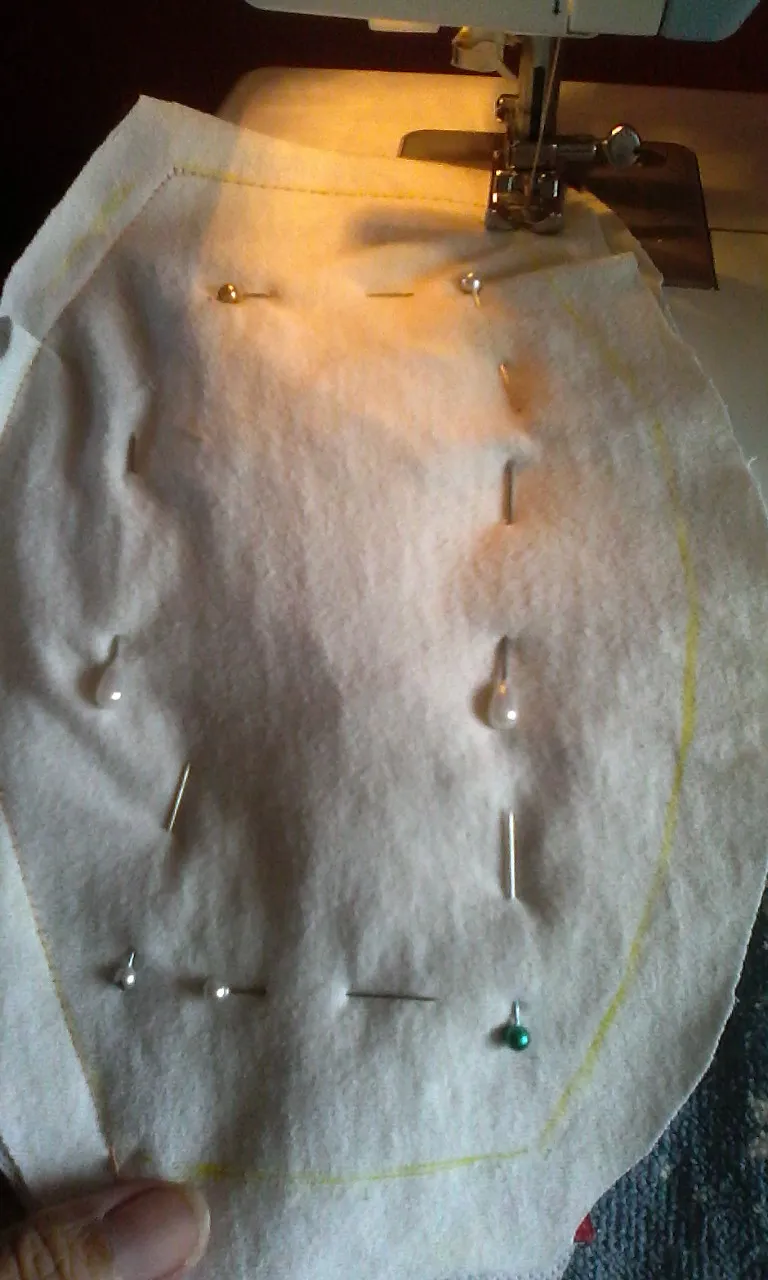 |
|---|

| 9-Leave one of the ends unstitched | 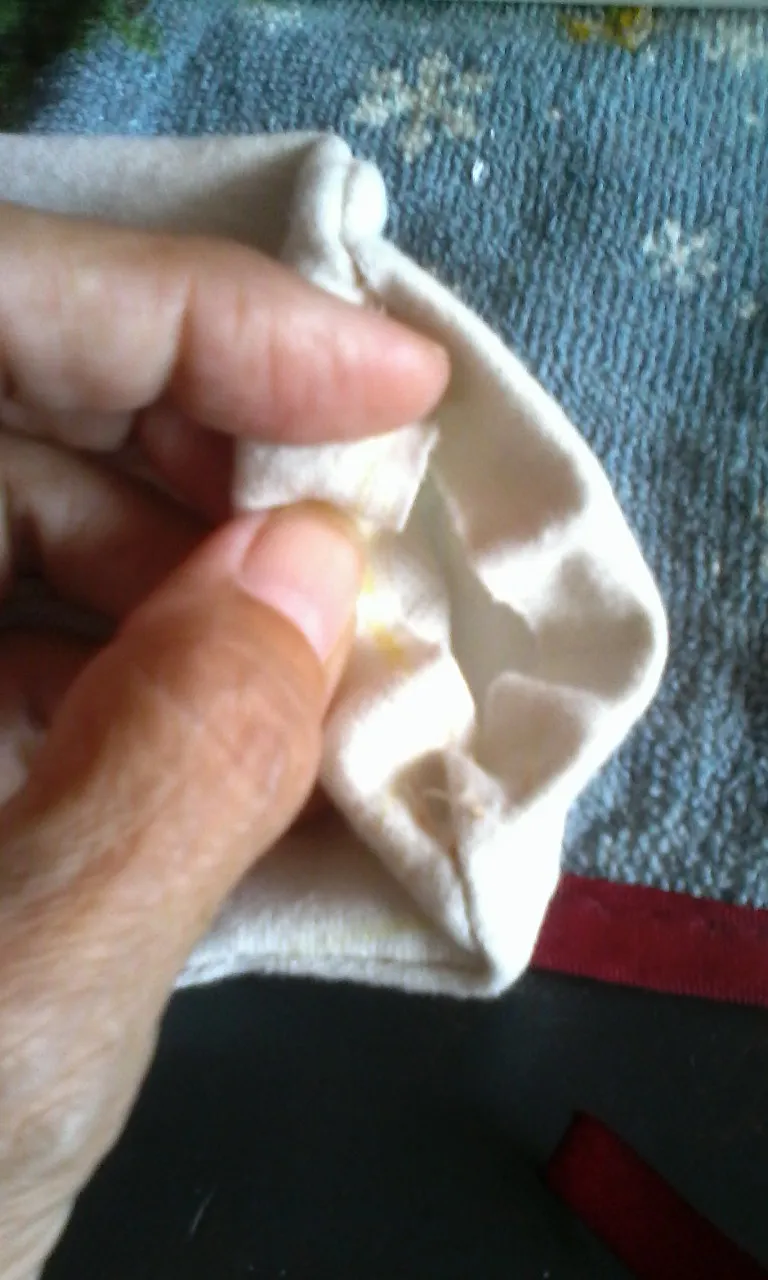 |
|---|

| 10-Turn between the seamless part and sew the remaining tapes | 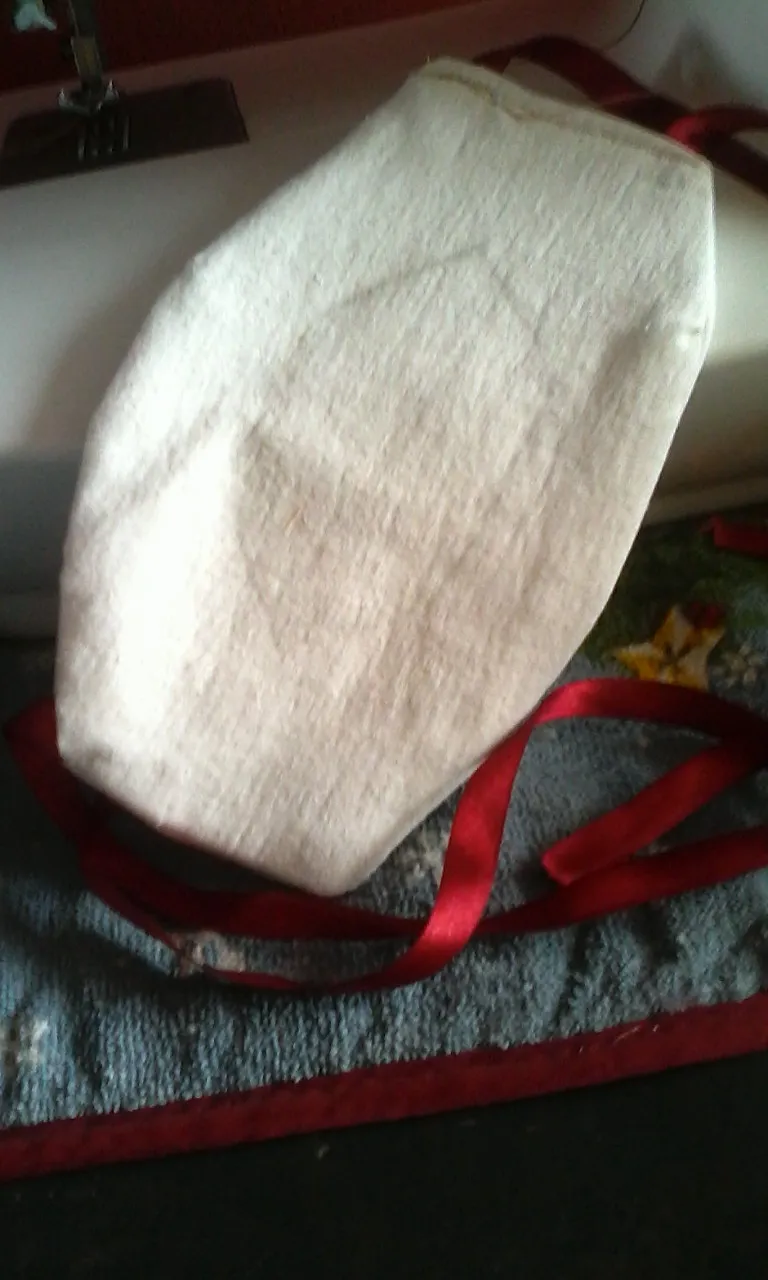 |
|---|

| 11-Make a template with the drawing of your preference | 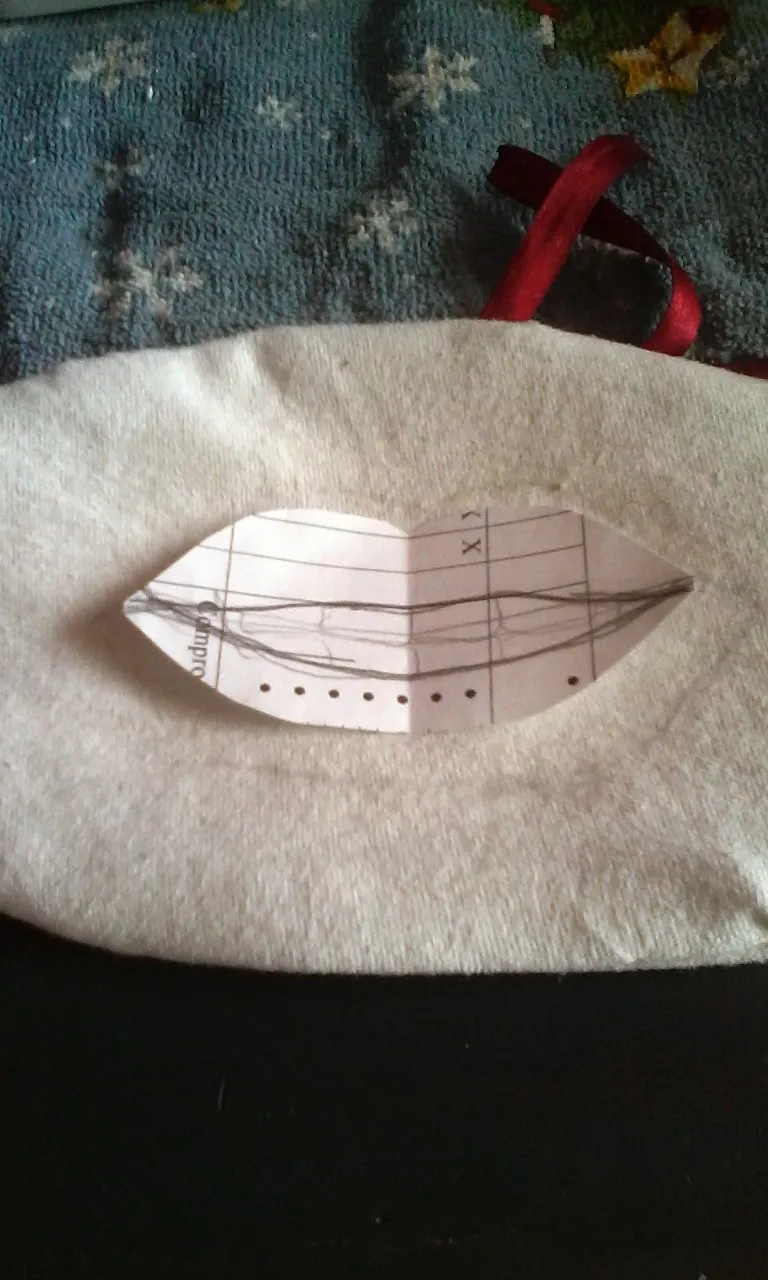 |
|---|

| 12- Paint using acrylic or fabric paint; wait for the drying and ready to use | 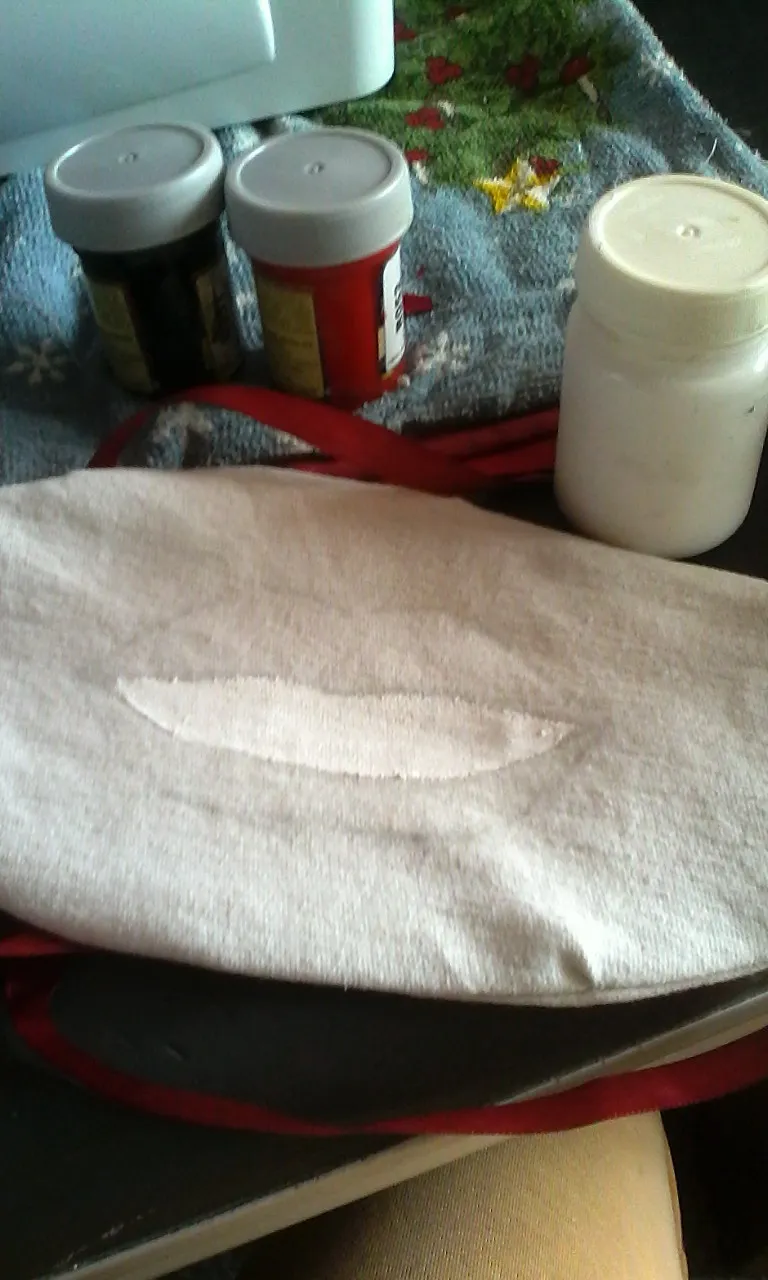 |
|---|

Español
Desde la aparición del Covid-19 o coronavirus, se recomienda el uso del tapabocas con la intención de retener los fluídos cargados de microbios y evitar el contagio de este virus. Esto trajo como consecuencia que los tapabocas desechables se agotaran. Muchas son las personas que a punta de ingenio han elaborado su propio producto. Los tapabocas son uitlizados por personal médico o enfermos en casos normales pero el uso se extiende, actualmente, en la prevención contra el contagio por la pandemia de coronavirus.
Pero es necesario usar el tapabocas?
Por supuesto que es indispensable el uso de este implemento, ya que el virus entra y sale por boca y nariz, es importante porque de esta manera evitamos espacir los microbios al toser o estornudar. Por este motivo, no es recomendable la utilización de la máscara hecha de tela simple o sencilla. Según la idónea es la que impermeabilce los fluídos; como por ejemplo la tela con las que fabrican las bolsas ecológicas.
Las medidas básicas para el buen uso del cubrebocas son:
-Tener las manos limpias para el momento de manipular la mascarilla.
-Cubrir muy bien nariz y boca, sin dejar espacios de ventilación.
-Evitar tocar la mascarilla; en caso de hacerlo lavar las manos antes y después.
-La cinta superior debe pasar por encima de las orejas y la inferior por debajo.
La mascarilla casera se hace con el fin de ahorrar y se pueden desinfectar o esterilizar, se dice que con alcohol, cloro o con calor. La última opción la leí en la web. Sin embargo, la mascarilla adecuada es la N-95 ya que es la que posee mejor filtro.
“Si tiene un tostador pequeño, puede ajustar el dial a 158 grados Fahrenheit durante 30 minutos”, dijo. Hizo hincapié en que el calor seco, no el calor húmedo, es esencial. Nota de The San Diego Unión-Tribune 1--Dibujar un rectángulo. BUILD-IT's Philosophy: #Build-it is a community, born out of the need to empower and strengthen DIY (Do It Yourself) projects, How-to tutorials and life hacks.
Elaboración de tapabocas casero.
2-Doblar varias veces, siempre por la mitad y marcar en el último doblez.
3-Hacer una curva desde la marca hecha hasta la esquina del doblez.
4-Recortar.
5-Usar un pedazo de tela ecológica pero antes hacer la prueba del agua para ver si filtra.
6-Calcar el patrón en la tela ecológica y en la tela de algodón; recortar.
7-Fijar con alfileres las cintas por dentro del cubrebocas.
8-Coser a máquina o a mano, como prefiera.
9-Dejar uno de los extremos sin coser.
10-Voltear por la parte sin costura y coser las cintas restantes.
11-Hacer una plantilla con el dibujo de su preferencia.
12-Pintar usando acrilícos o pintura para tela; esperar el secado y listo para usar.

Contest: @build-it/build-it-weekly-contest-20-hive-2250-build-and-100-upvote-from-build-it-in-rewards
Among many others, Build-It was set up as a means to encourage and reward high-quality DIY Projects and How-to Tutorials.
Regalo de @kadoshmenorah para mi uso personal.

Firma creada por @zord189 para el uso en miss publicaciones
Powerhousecreatives hive-114105
